In recent years, the demand for sustainable and eco-friendly alternatives has grown significantly. One such solution gaining popularity is the DIY solar water heater kit. These kits offer an affordable and accessible way to harness the power of the sun, reducing energy consumption and cutting down on utility bills. This article explores the benefits, components, and installation process of a DIY solar water heater kit, enabling readers to make an informed choice towards a greener and cost-effective lifestyle. 1. Benefits of DIY Solar Water Heater Kits: The primary advantage of installing a DIY solar water heater kit is the ability to generate free and renewable energy. By harnessing the sun’s power, users can significantly reduce their reliance on conventional energy sources, reducing both their carbon footprint and monthly utility bills. Furthermore, solar water heaters are known for their durability and low maintenance requirements, offering long-term benefits to homeowners.
solar water
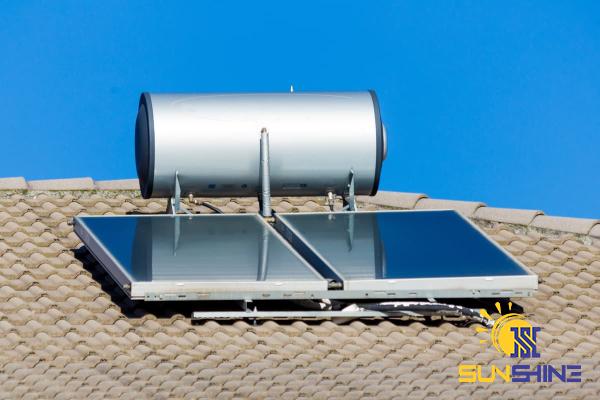 2. Components of a DIY Solar Water Heater Kit: A typical DIY solar water heater kit comprises several key components: a) Solar Collector: This is the core of the system and consists of a series of solar panels or tubes that absorb sunlight and convert it into heat energy. b) Heat Exchanger: Responsible for transferring the heat generated by the solar collector to the water in the storage tank. c) Storage Tank: A vessel that stores hot water for later use, ensuring a continuous supply throughout the day. d) Circulation Pump: Enables the circulation of water between the collector and storage tank. e) Control System: Monitors and controls various elements, ensuring optimal performance and safety. 3. Installation Process: Installing a DIY solar water heater kit requires basic mechanical and plumbing skills. Users should carefully follow the manufacturer’s instructions provided with their specific kit.
2. Components of a DIY Solar Water Heater Kit: A typical DIY solar water heater kit comprises several key components: a) Solar Collector: This is the core of the system and consists of a series of solar panels or tubes that absorb sunlight and convert it into heat energy. b) Heat Exchanger: Responsible for transferring the heat generated by the solar collector to the water in the storage tank. c) Storage Tank: A vessel that stores hot water for later use, ensuring a continuous supply throughout the day. d) Circulation Pump: Enables the circulation of water between the collector and storage tank. e) Control System: Monitors and controls various elements, ensuring optimal performance and safety. 3. Installation Process: Installing a DIY solar water heater kit requires basic mechanical and plumbing skills. Users should carefully follow the manufacturer’s instructions provided with their specific kit.
Specifications of solar water
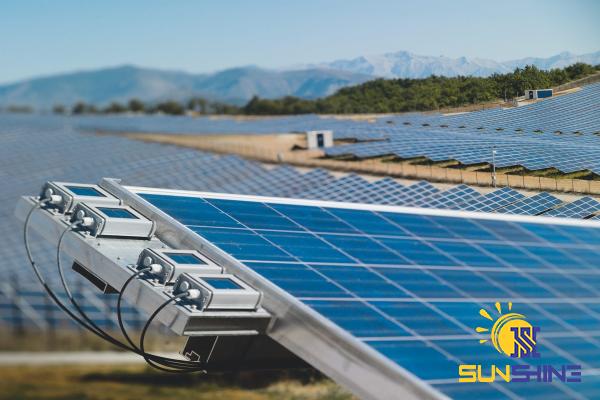 Here are some key steps typically involved in the installation process: a) Site selection: Choose a location that receives maximum sunlight throughout the day. South-facing roofs or an unobstructed ground installation are often ideal. b) Mounting the collector: Securely attach the collector to the roof or ground using appropriate brackets and mounts. Ensure it is angled correctly to maximize sun exposure. c) Connecting the components: Connect the solar collector, heat exchanger, storage tank, circulation pump, and control system as per the manufacturer’s instructions. Quality plumbing connections are crucial to prevent leaks. d) Testing: Fill the system with water and check for proper circulation, ensuring that hot water is reaching the storage tank. 4. Cost Considerations: DIY solar water heater kits are considered a cost-effective solution compared to commercially available systems.
Here are some key steps typically involved in the installation process: a) Site selection: Choose a location that receives maximum sunlight throughout the day. South-facing roofs or an unobstructed ground installation are often ideal. b) Mounting the collector: Securely attach the collector to the roof or ground using appropriate brackets and mounts. Ensure it is angled correctly to maximize sun exposure. c) Connecting the components: Connect the solar collector, heat exchanger, storage tank, circulation pump, and control system as per the manufacturer’s instructions. Quality plumbing connections are crucial to prevent leaks. d) Testing: Fill the system with water and check for proper circulation, ensuring that hot water is reaching the storage tank. 4. Cost Considerations: DIY solar water heater kits are considered a cost-effective solution compared to commercially available systems.
buy solar water
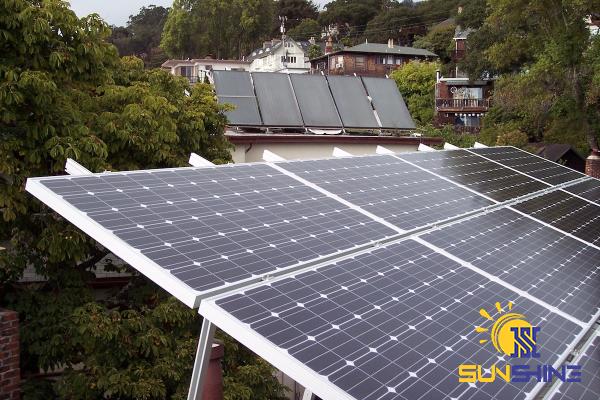 While prices may vary depending on the kit’s size and components, it is generally more affordable than purchasing and installing a complete solar water heating system from a professional supplier. Furthermore, the long-term savings on energy bills make DIY solar water heater kits a wise investment. Conclusion: DIY solar water heater kits offer a sustainable and practical solution for those seeking to reduce their energy consumption and embrace renewable energy sources. With their numerous benefits, affordable cost, and ease of installation, these kits enable homeowners to make a positive impact on both the environment and their wallet. By harnessing the sun’s energy, individuals can take an active role in building a greener, more sustainable future while enjoying warm water all year round.
While prices may vary depending on the kit’s size and components, it is generally more affordable than purchasing and installing a complete solar water heating system from a professional supplier. Furthermore, the long-term savings on energy bills make DIY solar water heater kits a wise investment. Conclusion: DIY solar water heater kits offer a sustainable and practical solution for those seeking to reduce their energy consumption and embrace renewable energy sources. With their numerous benefits, affordable cost, and ease of installation, these kits enable homeowners to make a positive impact on both the environment and their wallet. By harnessing the sun’s energy, individuals can take an active role in building a greener, more sustainable future while enjoying warm water all year round.
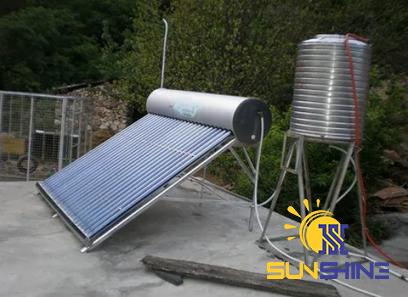
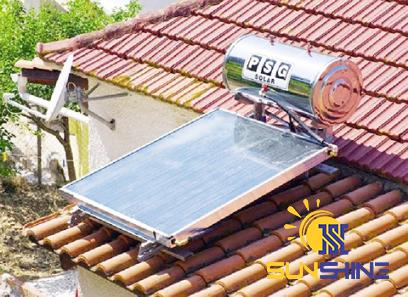
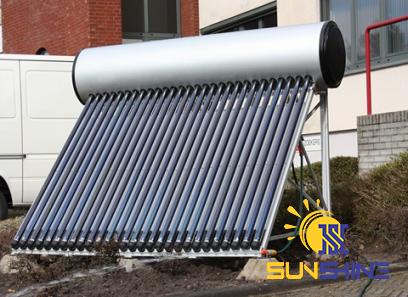
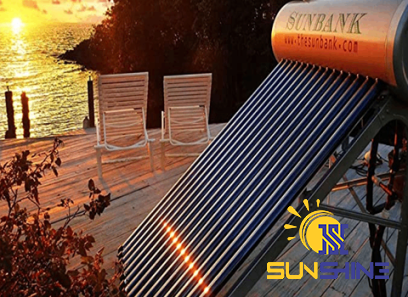
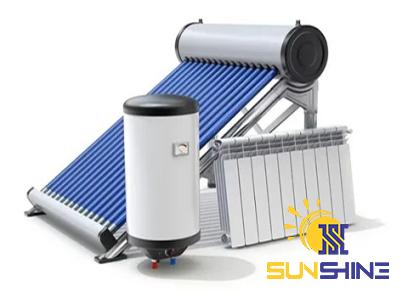
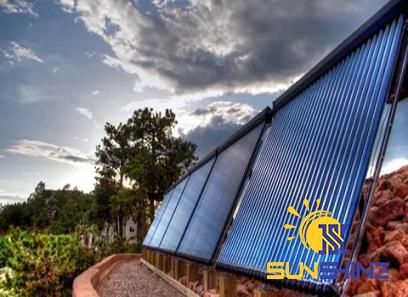
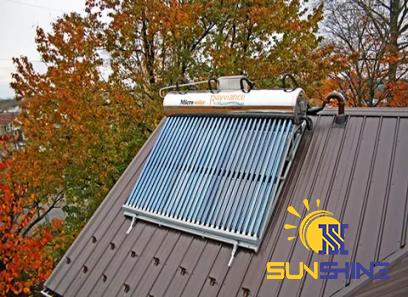
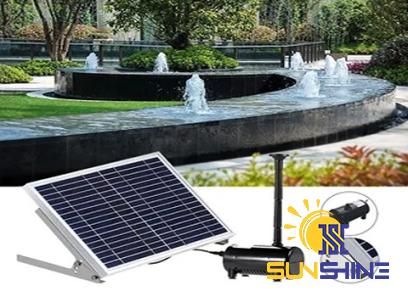
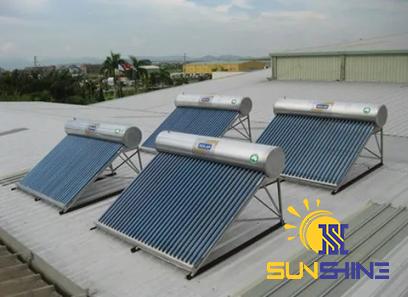
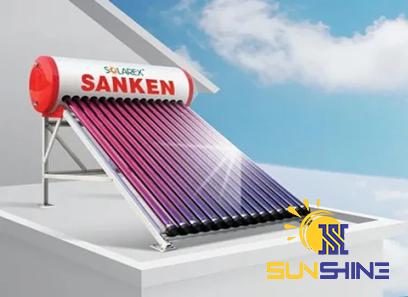
Your comment submitted.